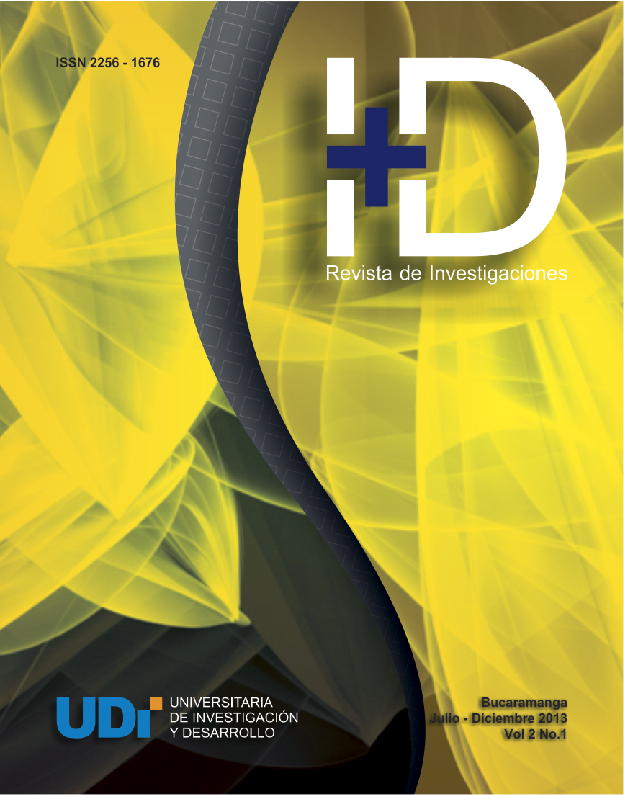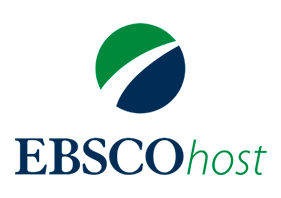Learning Styles Detection System.
DOI:
https://doi.org/10.33304/revinv.v02n2-2013004Keywords:
Learning environments, Detection, Learning styles, MoodleAbstract
Technology provides informatics tools to optimize the identification of the ways students use for learning, thus, the personalization of the education resources and the evaluation of activities is possible because of the every one learning style recognition allows the selection of the right choice to make the student easier to learn according their own manners. Based on aforementioned, the e-learning research- breeding-ground, affiliated to the investigation group E-Soluciones of the Universidad de Cartagena, developed a learning styles detection system under Moodle platforms, using the Richard Felder and Linda Silverman (1998) theoretical and applied support for the learning styles assessment in a specific time.Downloads
References
Andrade, E. (1995). Aproximaciones a una Pedagogía del Diseño, Primer Seminario de Innovación y Competitividad. Universidad Nacional de Colombia, Facultad de Ingeniería. Bogotá. p. 5.
Avila, P. & Bosco, M. (Abril, 2001). Plataformas de aprendizaje. 20th. International Council for Open and Distance Education, Düsseldorf, Germany. Recuperado de http://investigacion.ilce.edu.mx/panel_control/doc/c37ambientes.pdf
Blackboard (1997). ¿Quiénes somos? Recuperado de http://www.blackboard.com/About-Bb/WhoWe-Are.aspx
De Zubiría, M. & De Zubiría, J. (1989). Biografía del pensamiento. Editorial Panamericana. Bogotá. 1989. p. 184.
Di Bernardo, J. & Guana, P. (2005). Determinación de los estilos de aprendizaje de los estudiantes de bioquímica como paso inicial en la búsqueda de un aprendizaje significativo. Universidad Nacional del Nordeste.
Felder, R. & Silverman, L. (1998). Learning and Teaching Styles in Engineering Education. Engr. Education. Recuperado de http://www4.ncsu.edu/unity/lockers/users/f/felder/public/Papers/LS-1988
Gallego, A., & Martínez, E. (2003). Estilos de aprendizaje e E-learning. Hacia un mayor rendimiento académico. Revista de Educación a Distancia.
García, J. (2005). Instrumentos para medir los estilos de aprendizaje. Recuperado de http://www.jlgcue.es/instrumentos.htm.
González, O. & Flores, M. (1997). El trabajo docente, enfoques innovadores para el diseño de un curso.
Rodríguez. J., Puello, P. & Cabarcas, A. (2012). Marco para la evaluación de sistemas de E-learning. Recuperado de http://letravirtual.usbctg.edu.co/index.php/ingeniator/article/viewFile/190/205
Moodle® (2002a). ¿Qué es Moodle?. Recuperado de: http://moodle.org/about/
Moodle® (2002,b). Características de Moodle, docs.moodle.org. Recuperado de http://docs.moodle.org/all/es/Características
Sakai (2005). CLE, Sakai OAP, sakaiproject.org. Disponible en: http://www.sakaiproject.org/sakai-products
Stash, N., Cristea, A., & De Bra, P. (2004). Authoring of learning styles in adaptive hypermedia: problems and solutions. En S. Feldman, M. Uretsky, M. Najork, y C. Wills (Eds) Proceedings of the 13th International World Wide Web conference.
Zatarain, R., & Barrón, M. (2011). Herramienta de autor para la identificación de estilos de aprendizaje, utilizando mapas autoorganizados en dispositivos móviles. Revista Electrónica de Investigación Educativa, 13(1).












